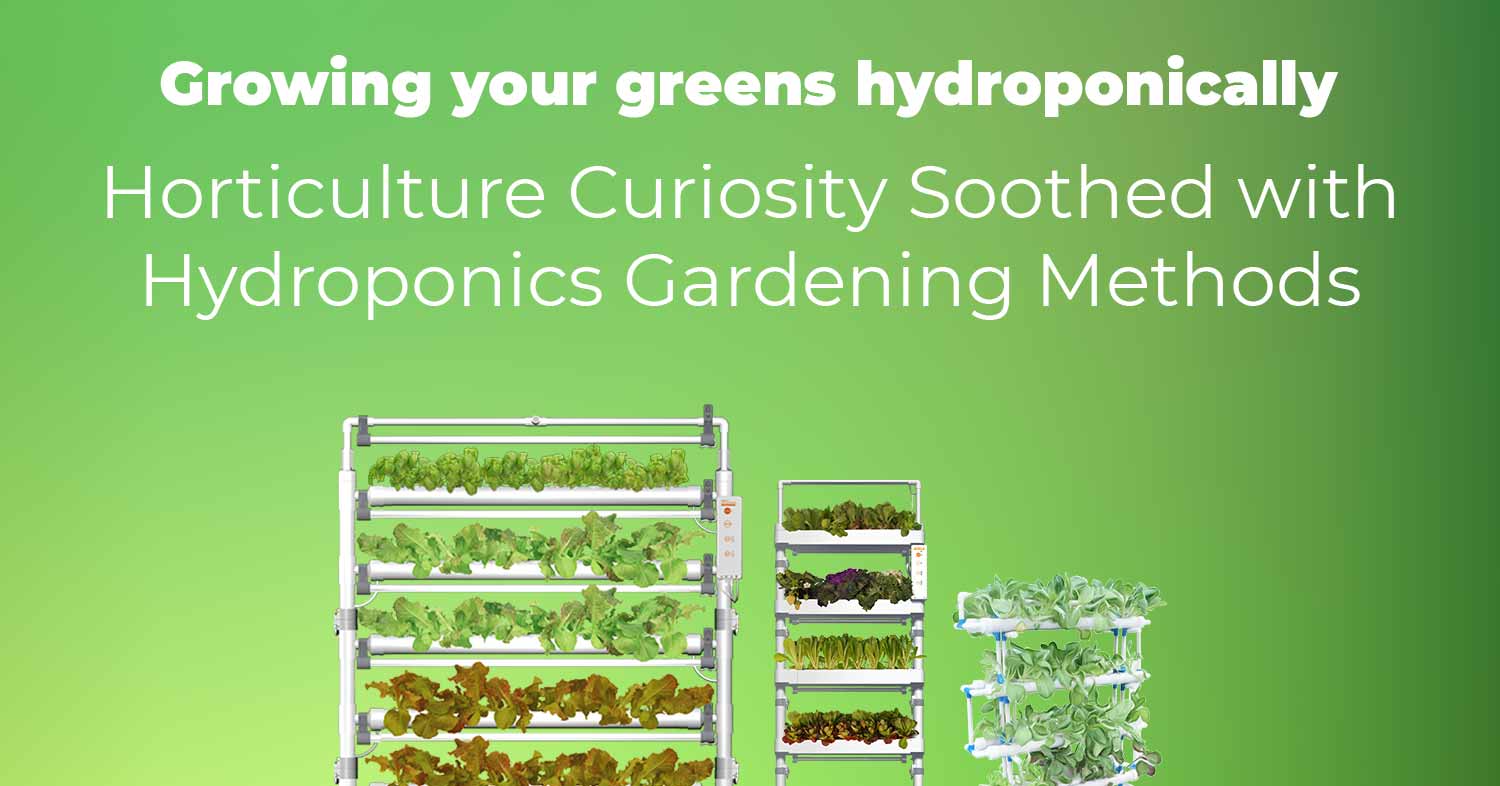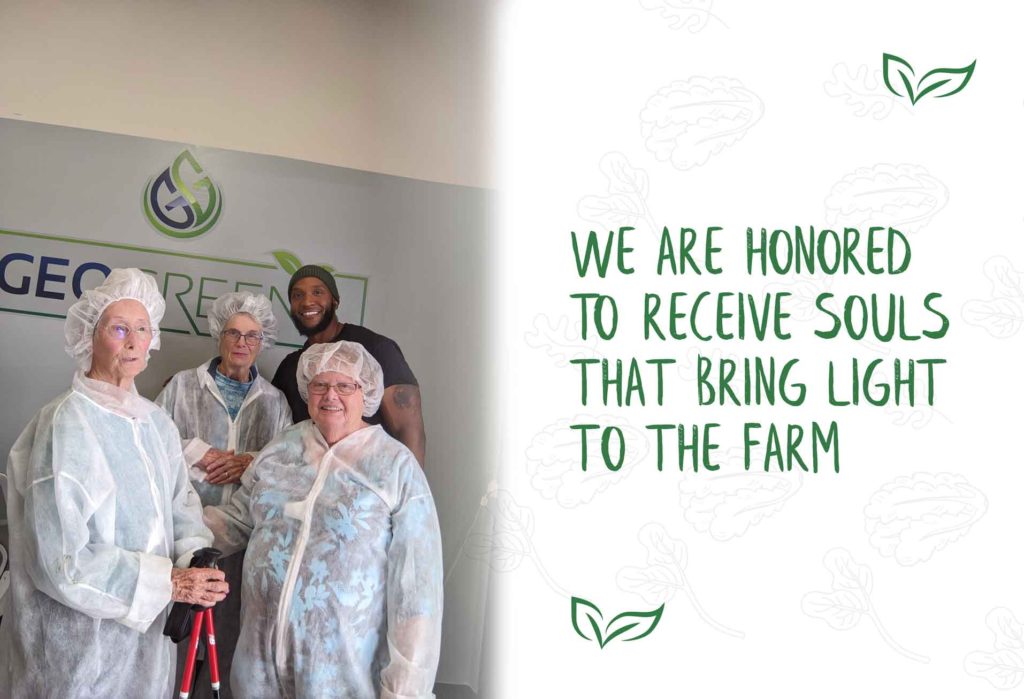
Hydroponics have been garnering more attention and curiosity in the last year. This nontraditional gardening method might be viable but it is more complicated. Still, because of the pandemic, it fueled a desire for many to learn how to connect with nature and the food supply while incorporating food safety.
The appeal of hydroponics is that plants can grow without soil in a liquid nutrient solution. When done properly, it can be used to grow lettuce, peppers, tomatoes, cucumbers, and more.
It’s certainly an option for urban areas where there’s a lack of land or healthy soil to fuel plant growth. But there’s another reason why people are more into exploring hydroponics…it’s about savings for the cost of food.
When you figure in gas prices, labor, and transportation, it makes vegetables grown by others cost even more. Aside from the price, growing it yourself via hydroponics can reduce the carbon footprint.
There are even more benefits for the home gardener to take up hydroponics in the garage or even a backyard greenhouse. For greenhouses in particular, you can schedule the harvesting for these plants. With a little know-how, this means you could have something to harvest each week.
The downside of hydroponics gardening though is that it requires a larger upfront investment. It’s also not as easy as traditional gardening. It can be hard to replicate the natural environment by these methods indoors.
For those that are hoping to earn something from their hydroponics efforts, you’ll have to become an outstanding horticulturist and brush up those business skills to make it happen. The biggest challenge will be growing this food in a controlled environment indoors. Without proper balance, it won’t go the way you planned.
Get a close-up look at our farm and see how we grow our produce



